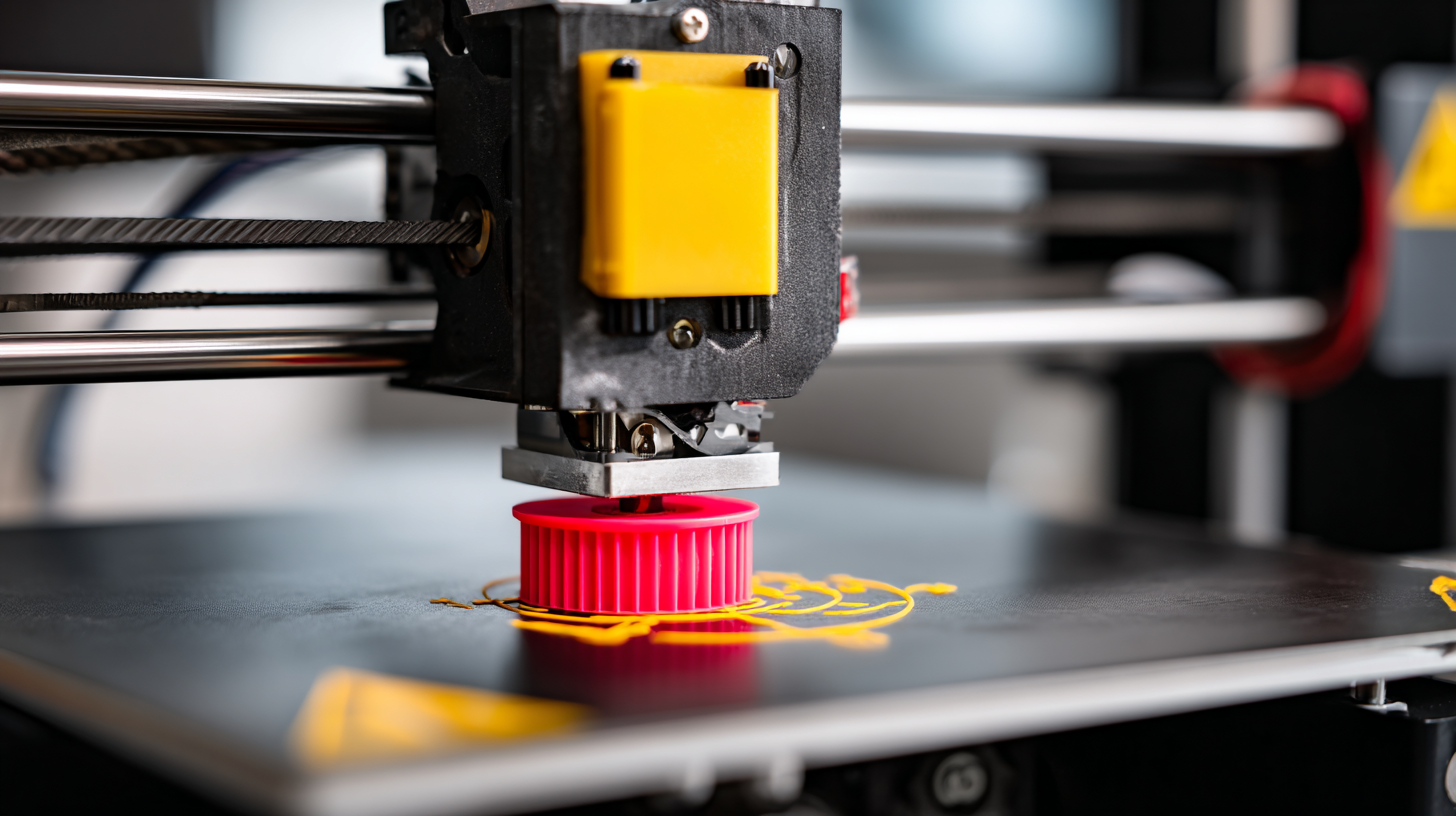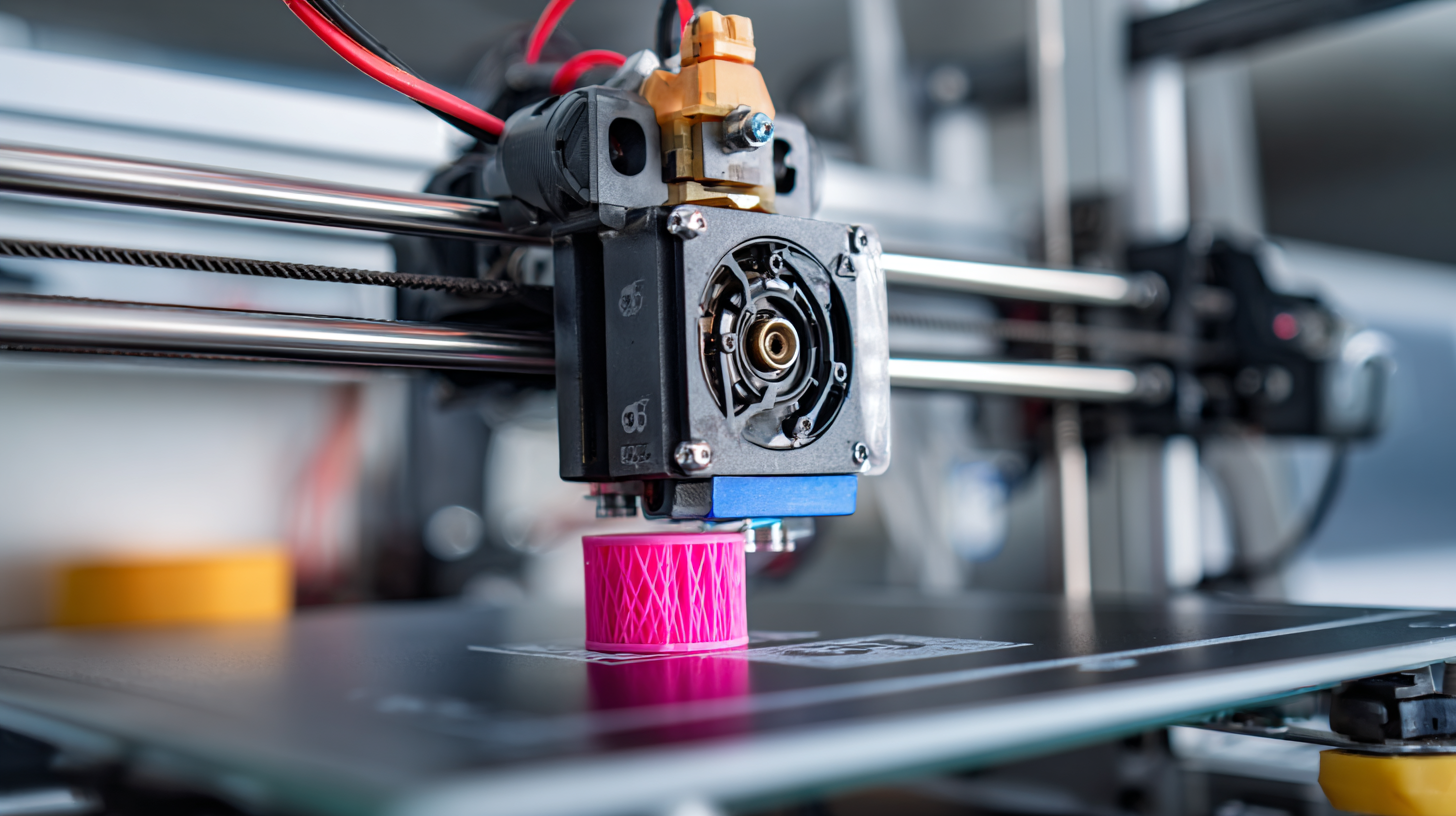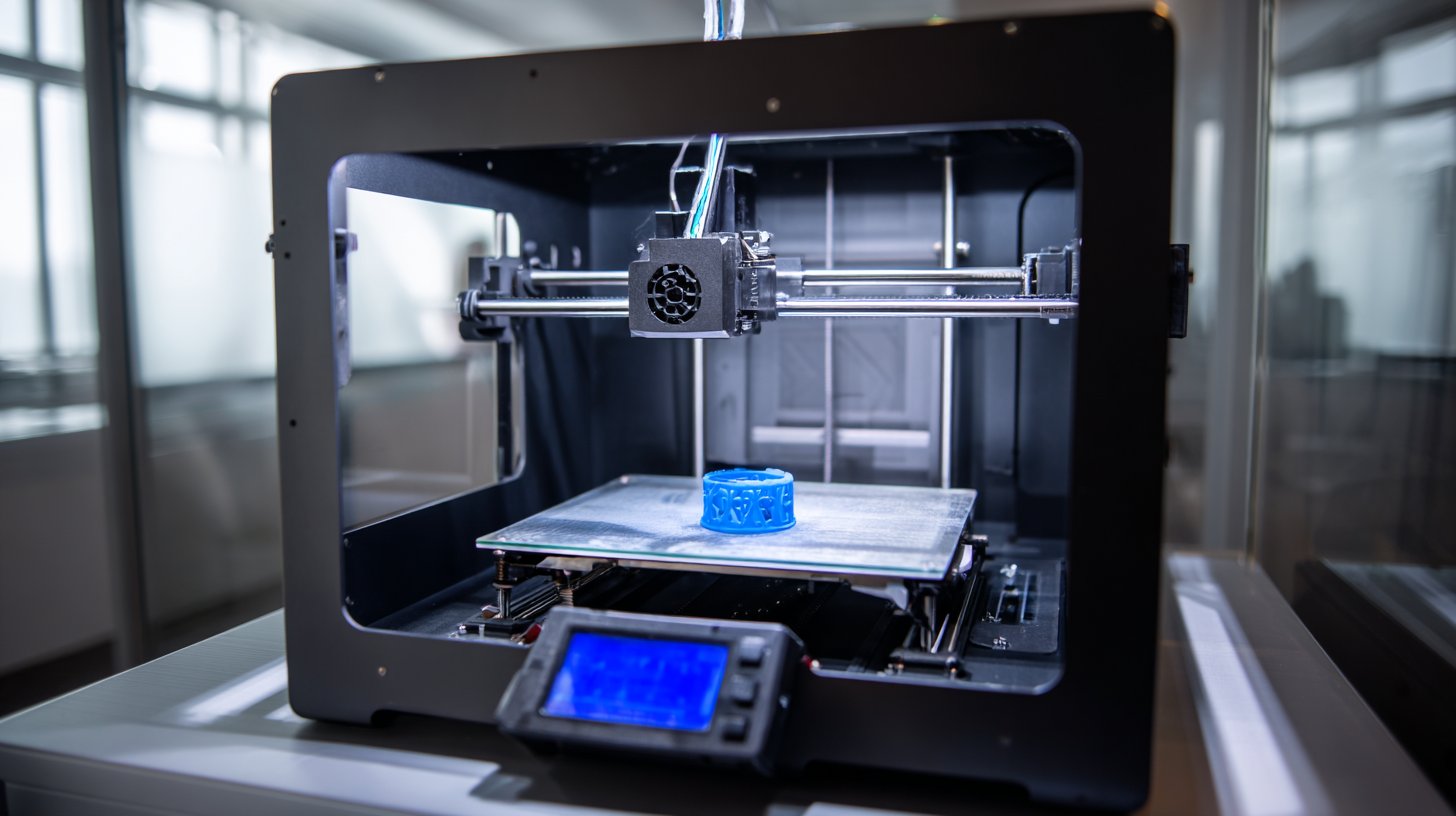Navigating Export Certifications for the Best Home 3D Printer and What You Need to Know
As the market for home 3D printers continues to expand, projected to reach $6.23 billion by 2025 according to a recent report by Fortune Business Insights, understanding the intricacies of export certifications becomes essential for both manufacturers and consumers. The 2025 technology development trends highlight a growing interest in customizable and sustainable production methods, emphasizing the role of home 3D printers in enabling innovative solutions across various sectors. With advancements in materials science and printing technology, the demand for reliable and compliant products is paramount. This blog will explore the critical certification processes, potential alternatives, and the overall implications of these trends on the home 3D printer landscape, ensuring that users are well-equipped to navigate this dynamic industry.

Understanding Export Certifications: Why They Matter for 3D Printers
Understanding export certifications is crucial for anyone looking to invest in a home 3D printer. These certifications ensure that the printer complies with international safety, quality, and performance standards, which is particularly important given the rapid growth of the 3D printing market.
According to a report by MarketsandMarkets, the global 3D printing market is projected to reach $34.8 billion by 2024, highlighting the increasing importance of regulations to maintain product integrity.

Export certifications can vary significantly by region, affecting how printers are manufactured and sold worldwide. For instance, the CE marking in Europe signifies compliance with health and safety standards, while the FCC certification in the United States focuses on minimizing electromagnetic interference.
Failure to obtain these certifications can lead to costly fines and restrictions on sales, as highlighted in a research study by Deloitte indicating that non-compliance can reduce a company’s market opportunities by as much as 40%. Therefore, understanding these certifications is not just a legal requirement but a strategic advantage for consumers and manufacturers alike in the burgeoning 3D printing landscape.
Key Certifications for 3D Printers: A Comprehensive Overview
When considering the purchase of a home 3D printer, understanding key certifications is crucial. Various certifications such as UL, CE, and FCC play an essential role in ensuring that the printer meets safety and regulatory standards. For instance, printers that have obtained UL certification are evaluated for safety in electrical components, reducing the risk of hazardous incidents. Similarly, CE marking is necessary for products sold in the European Union, indicating compliance with health, safety, and environmental protection standards.
Moreover, as the demand for 3D printing technology expands—projected to significantly grow alongside the aerospace and automotive sectors, which are actively integrating additive manufacturing into their operations—a comprehensive overview of certifications becomes increasingly important. A recent market report highlighted this trend, suggesting that the 3D printing market is anticipated to reach substantial values, with sustainable manufacturing practices being a focal point for innovation. By ensuring that the selected home 3D printer meets these certifications, consumers can navigate the market effectively and invest in reliable technology that aligns with both safety and environmental sustainability goals.
Navigating Compliance: Steps to Obtain Necessary Export Certifications
When it comes to exporting home 3D printers, understanding the necessary compliance and certification processes is crucial. The first step is to identify which certifications apply to the specific 3D printer model you intend to export. Different countries have varying requirements, so it's essential to research both international standards and the regulations of your target market. This includes certifications such as CE marking for Europe or FCC compliance in the United States. Each certification involves a detailed process that may require product testing and documentation.

Once you've determined the necessary certifications, the next step is to prepare and organize the required documentation. This includes technical files, user manuals, labeling, and any other relevant information that demonstrates compliance. It's often beneficial to work with an export compliance consultant or legal expert who can guide you through the specific demands of each certification. In addition, maintaining meticulous records during the certification process is essential, as this will simplify future export endeavors and help streamline your entry into new markets. Proper planning and understanding of export certification not only ensures compliance but can also enhance your product's reputation worldwide.
Quality Assurance and Global Competitiveness: The Role of Certifications
In the ever-evolving landscape of home 3D printing, certifications play a pivotal role in ensuring quality assurance and enhancing global competitiveness. As consumers increasingly demand reliable and high-performing 3D printers, manufacturers must adhere to stringent certification standards that validate their products' safety and efficiency. Certifications such as ISO, CE, and UL not only reflect a commitment to quality but also serve as a crucial marketing tool, providing assurance to potential buyers regarding the durability and performance of their investments.
Moreover, gaining internationally recognized certifications can significantly broaden a manufacturer's reach in the competitive global market. These credentials enable companies to transition from local favorites to global contenders, allowing them to participate in diverse markets that prioritize compliance with safety protocols. By emphasizing the importance of certification in their branding, manufacturers can differentiate themselves, build trust with consumers, and establish a reputation for excellence. As the demand for innovative 3D printing solutions grows, understanding and navigating the complexities of export certifications becomes essential for achieving long-term success.
Navigating Export Certifications for the Best Home 3D Printer and What You Need to Know - Quality Assurance and Global Competitiveness: The Role of Certifications
| Certification Type | Description | Importance | Region of Validity |
|---|---|---|---|
| CE Marking | Indicates conformity with health, safety, and environmental protection standards for products sold within the European Economic Area. | Essential for market access in Europe; ensures consumer safety and product reliability. | European Union |
| FCC Certification | Certifies that electronic devices are compliant with electromagnetic interference standards. | Required for electronics to be marketed in the United States; ensures non-interference with other devices. | United States |
| RoHS Compliance | Restricts the use of specific hazardous materials found in electrical and electronic products. | Promotes environmental sustainability and consumer safety. | European Union and various global markets |
| ISO 9001 | Quality management system standard that outlines requirements for consistent quality in products and services. | Enhances organizational efficiency and customer satisfaction; valuable for global competitiveness. | Global |
| WEEE Registration | Regulates the disposal and recycling of electrical and electronic waste. | Promotes responsible waste management and environmental care. | European Union |
Challenges and Solutions in Exporting 3D Printers from China to Global Markets
Exporting 3D printers from China to global markets presents unique challenges shaped by factors such as shifting trade policies, regulatory hurdles, and intense competition. The rise of unilateralism and protectionism has disrupted the established international trade order, demanding that exporters navigate a complex landscape to maintain market access. Manufacturers must not only comply with diverse certification requirements imposed by different regions but also adapt to the fast-evolving technologies that 3D printing entails. This situation necessitates a keen understanding of both domestic and international regulations affecting the 3D printing industry.
To overcome these challenges, companies are exploring innovative solutions that include robust supply chain strategies and strategic partnerships. Engaging with local distribution networks can enhance compliance with local regulations while ensuring timely market entry. Additionally, investing in research and development to meet international standards can significantly boost a company’s competitiveness in the global arena. By addressing these complexities head-on, Chinese manufacturers can leverage their technological prowess to succeed in the international 3D printing market, particularly as demand rises globally.